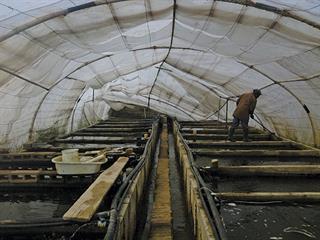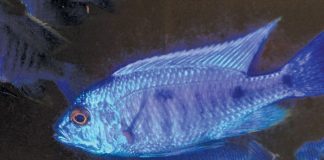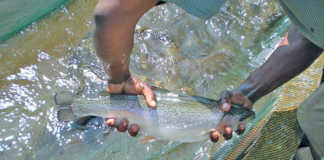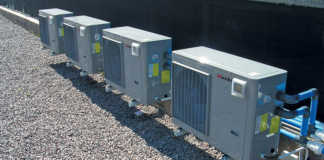
Warm-water fish culture in South Africa requires intensive re-circulating aquaculture systems with tunnels, filtration and a high stocking rate. Much can go wrong with such systems and substantial fish losses are an ever-present risk.
The risks involved
Intensive stock farming is always riskier than an extensive system. In the former, a large number of fish confined to a small volume of water depend on electrically operated systems for water quality and oxygen content. Minor changes can cause stress, while drastic changes can bring about 100% mortality very swiftly.
Power failure
Electrical failure is the most obvious source of risk. Even a stand-by generator is no guarantee against disaster. While automatic-starting generators are desirable, they come at a high cost and many farms operate with manually-started equipment. If this is the case, stocking rate should be kept low enough to allow the fish to survive in case a power cut goes unnoticed (at night, for example). When the water flow stops, oxygen levels are depleted and the fish struggle to breathe; the fewer fish there are, the longer they can survive.
It is regrettable that much electrical equipment sold locally is sub-standard. For example, many trip switches trip well below their rated amperage. With Eskom’s numerous power drops, the demands on electrical equipment can be severe. Sometimes one system can fail while others don’t. I use a simple relay that operates a battery-operated alarm to warn of electrical failure. Usually, the contact is open but when the power fails, it triggers the alarm. Cost: R150.
Strong wind
Storm damage to plastic sheeting on tunnels can cause severe stock losses, especially in winter. In summer, loss of the plastic covering immediately exposes the fish to avian and other predation. Bricking up the ends of tunnels with walls and windows can make the tunnel more wind-resistant, but a tunnel is always at risk. Low, hemispherical tunnels are stronger than vertical-sided ones. Plastic sheeting must be tight and smooth, to prevent wind from getting in underneath. Home-made tunnel frames are almost always inferior to curved galvanised or stainless steel frames.
Filtration
Filtration failure is the second-highest risk associated with intensive aquaculture. It is often argued that high stocking rates can make an intensive system viable. But with tilapia, a stocking rate of anything over 30kg/1000l poses considerable risk. During summer, the water can be close to 30°C and oxygen consequently lower than 5mg/l, so the fish will be gasping at the surface within 10 minutes if water flow or aeration stops.
And if this stoppage coincides with excessive feeding, a ‘spike’ of ammonia can occur. This rapidly breaks down to toxic nitrite, and a massive water change will be needed urgently to keep the fish alive. This water has to be available immediately and must be of the same temperature and quality as the system water, which is often not the case with a piped supply.
Difficulties like these separate the real world from the spreadsheet-designed farm.
Nicholas James is an ichthyologist and hatchery owner.













